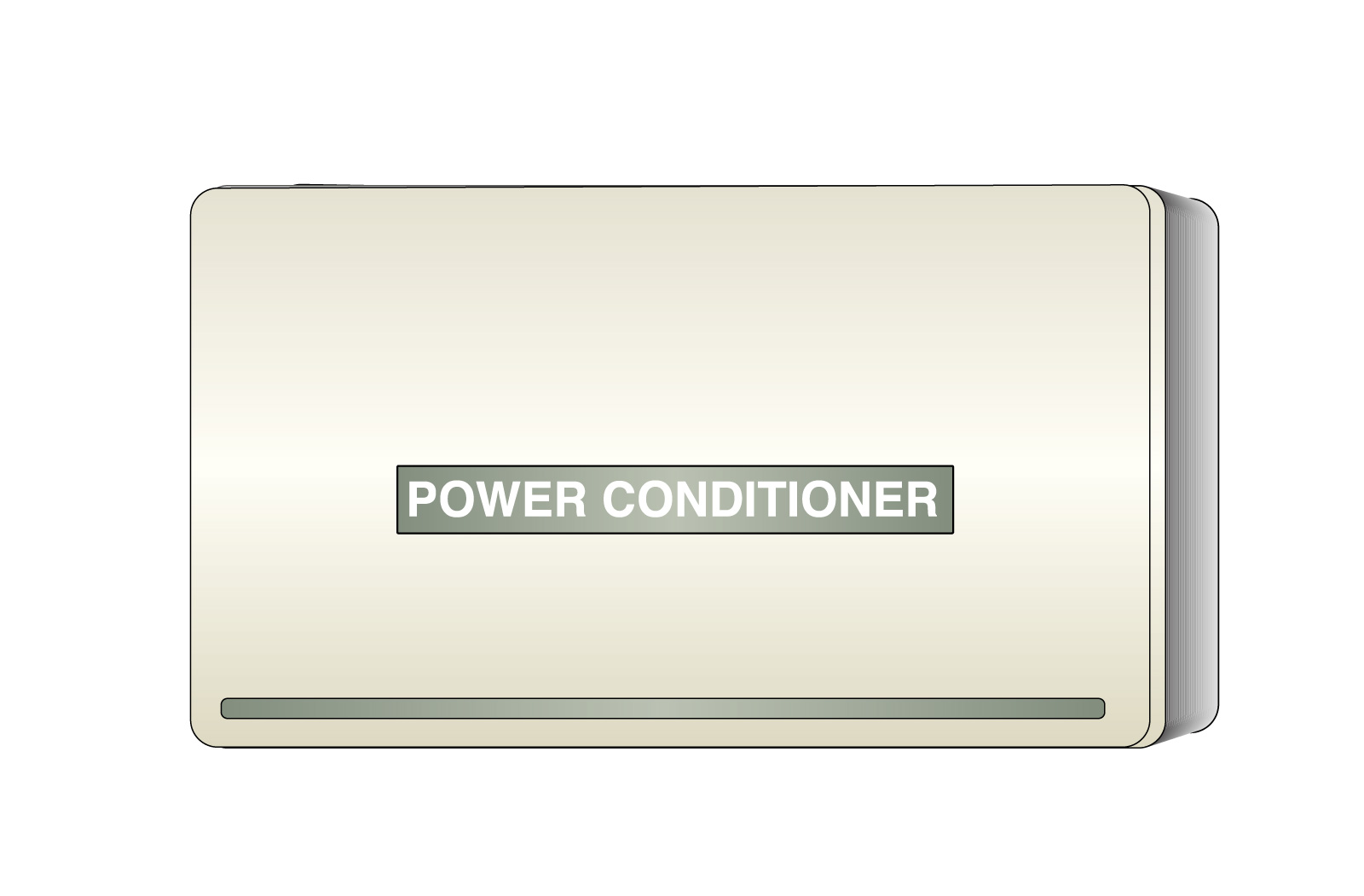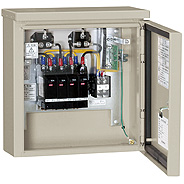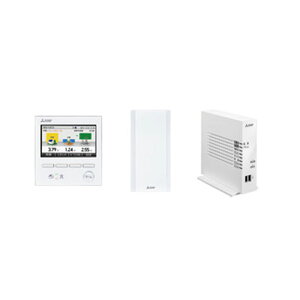The home appliances we use at home only work with “alternating current”, but the electricity generated by the photovoltaic power generation system is “direct current”, so we cannot use it as it is. Therefore, it is a power conditioner (power-con) that converts direct current to alternating current.
In other words, a power conditioner is a power supply device that converts the power generated by a solar cell (DC Direct current) into alternating current (AC100V / 200V) used in homes and factories. Generally, DC 320-400V generated by solar cells is converted to AC100V for homes and AC200V for factories. It becomes DC / AC and works in the opposite way to the switching power supply. A power conditioner is an inverter because the power supply that converts DC (direct current) to AC (alternating current) is called an inverter. In English, it is called PCS (Power Conditioning System), and it seems that the power conditioner (Power Conditioner) that we generally call does not work.
Before explaining the power conditioner, let’s talk about the photovoltaic power generation system.
What is a photovoltaic power generation system?
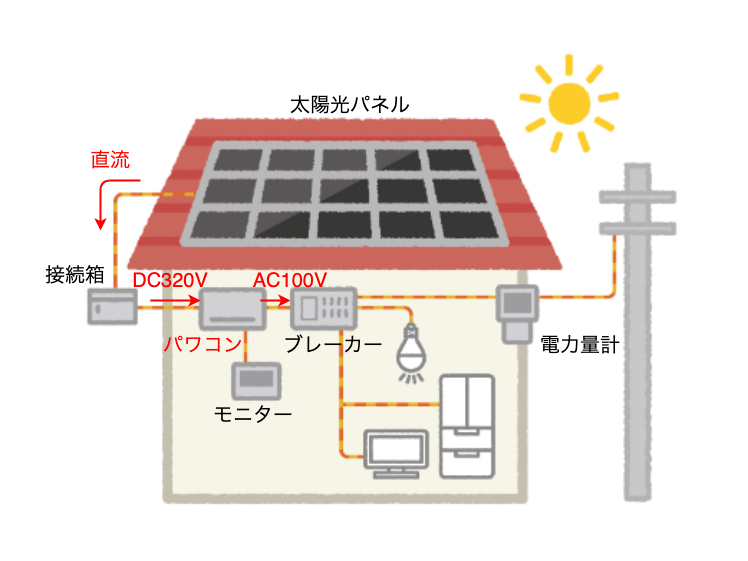
The national average capacity of solar panels installed on the roof of a house is 4.5kW. Depending on the manufacturer, the output capacity of one solar panel is 200 to 250W, and 4kW requires 16 to 20 panels. The cost is 1.2 to 1.5 million yen. This is the price of only the solar panel, and in addition to this, a stand and junction box for installing the power conditioner, power conditioner, breaker, monitor, construction cost, etc. are required separately. The breaker itself is already installed in the house, but if you want to incorporate it into a PV system, you need to change it to a dedicated breaker. It may cost 1.5 million to 1.8 million yen or more in total. If you add a storage battery to this, it will cost an additional 700,000 to 800,000 yen.
In addition, 4kW solar panels always generate 4kW, but they rarely generate 100% of 4kw. 4kW is the amount of power generated at the optimum solar radiation angle when the panel temperature is 25 ° C. Every time the panel temperature rises by 1 ° C, the amount of power generation drops by about 0.5%, depending on the model. Imagine the roof of a car shining in the middle of summer. The panel temperature should be at least 65 ° C. Since it is 25 ℃ to 40 ℃ higher, 0.5% × 40 = 20% 4kW × 0.8 = 3.2kW The amount of power generation will be 3.2kW. In addition to that, it may not generate electricity in the worst case due to dirt on the panel, shadows of buildings and electric wires, and the direction of the roof to be installed.
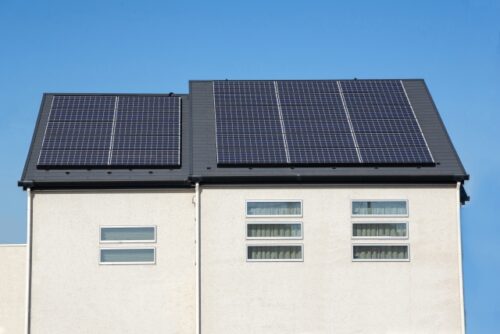
The DC voltage generated by the solar panel changes depending on the “maximum output voltage” of the panel and the “number of connected units in series”. Simply put, if you have 4 series of 36V panels, it will be 36V x 4 = 144V, and if you have 5 series of 45V panels, it will be 45V x 5 = 225V. Collectively increase the capacity in 3 parallels or 4 parallels.
* Actually, the optimum voltage changes depending on the MPPT function of the power conditioner, but it is explained here in an easy-to-understand manner. MPPT (Maximum Peak Power Tracking) is a function that “adjusts to the optimum power generation voltage of the solar cell that changes depending on the intensity of sunlight”.
The electricity generated by these solar panels is sent to a ” connection box” where the electricity is combined into the input voltage of the power conditioner. For example, Panasonic’s power conditioner has an input of 320V DC, so it is boosted to 320V DC in the junction box and sent to the power conditioner. Of course, the input voltage of the power conditioner differs depending on the manufacturer.
|
|
